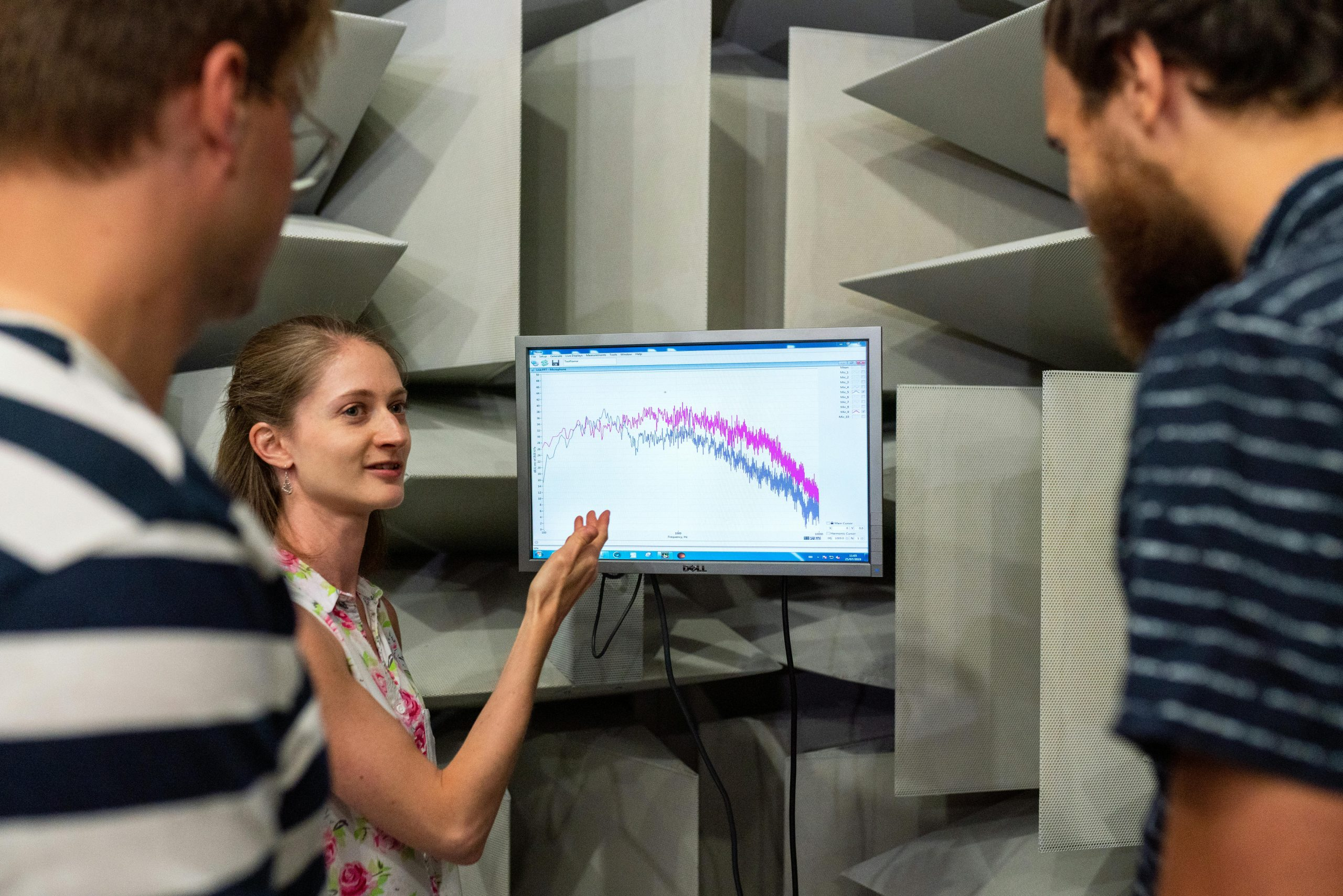Analyzing the Principles of Acoustic Transducers in Speakers
Welcome to the world of sound engineering! When it comes to creating high quality speakers, one of the most important components to consider is the acoustic transducer. In layman’s terms, it is the part of the speaker that converts electrical signals into sound waves. In this article, we will dive deep into the principles of acoustic transducers in speakers, and understand how they work to produce the perfect sound. So, whether you’re a sound engineer, a speaker enthusiast, or simply curious about the science behind audio systems, read on to learn more.
The Basics of Acoustic Transducers
In simple terms, an acoustic transducer is a device that converts one form of energy into another. In the case of speakers, it converts electrical energy into acoustical energy, which is what we hear as sound. This process consists of three main components – a diaphragm, a voice coil, and a magnet. Let’s take a closer look at each of these elements.
The Diaphragm
The diaphragm is the component of the speaker that vibrates and produces sound waves. It is usually made of a lightweight and durable material like paper, plastic, or metal. The size, shape, and stiffness of the diaphragm play a crucial role in determining the frequency range and quality of sound produced by the speaker. For instance, a large and stiff diaphragm is better suited for producing low frequencies, while a smaller and more flexible diaphragm is ideal for high frequencies.
The Voice Coil
The voice coil is a tiny coil of wire that is attached to the diaphragm. When an electrical current passes through the coil, it creates an electromagnetic field around it. This field interacts with the magnets in the speaker, causing the coil to move back and forth, which in turn moves the diaphragm and creates sound waves. The speed and precision of these movements determine the accuracy and clarity of the sound produced.
The Magnet
The magnet is a permanent magnet that provides the necessary magnetic field for the voice coil to move. The strength and positioning of the magnet play a crucial role in the overall performance of the speaker. Even a slight variation in the magnetic field can significantly impact the sound quality, making it important to use high-quality magnets in speaker design.
Understanding the Working Principle
Now, let’s delve into the actual working principle of acoustic transducers. As mentioned earlier, the voice coil moves back and forth due to the interaction between the electromagnetic field and the magnet. This movement creates pressure waves in the surrounding air, which then reaches our ears. The pattern and frequency of these waves are responsible for producing different sounds.
To generate different frequencies, the speaker uses a process called resonance. In simple terms, resonance is the tendency of an object to vibrate at a certain frequency when exposed to a specific source of energy. In a speaker, this is achieved by using a combination of the diaphragm’s size and stiffness, the coil’s diameter and winding, and the strength of the magnet. All these factors work together to create the perfect balance of vibration and sound, resulting in a smooth and clear audio experience.
Innovations in Acoustic Transducer Technology
Over the years, sound engineers and researchers have come up with numerous innovations and advancements in acoustic transducer technology to further enhance the performance and efficiency of speakers. One such advancement is the use of rare earth magnets, which are much stronger and lighter than their traditional counterparts. This allows for smaller and more powerful speakers to be built, without compromising on sound quality.
Another notable innovation is the introduction of planar magnetic drivers, which use a thin film of conductive material instead of a traditional voice coil. This eliminates the need for a permanent magnet and results in speakers that are more lightweight and have a faster response time, making them ideal for high-end audio applications.
In Conclusion
In summary, the principles of acoustic transducers in speakers play a vital role in creating the perfect audio experience. From the diaphragm to the magnet, every component plays a crucial role in producing the sound we hear. With constant advancements and innovations, the technology behind acoustic transducers continues to evolve, bringing us closer to the perfect sound quality. As a content writer professional in Google SEO, we hope this article has provided you with valuable insights into the working of acoustic transducers in speakers, and how they contribute to creating the perfect audio experience.










